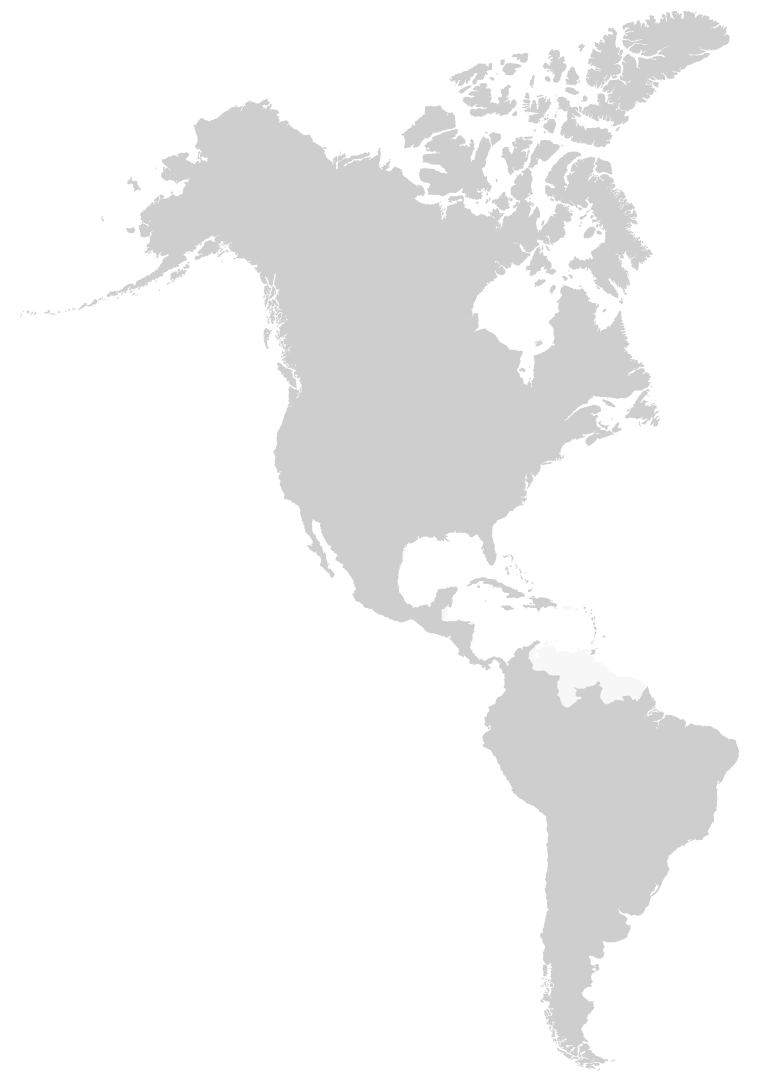Inter-American Accreditation Cooperation, A.C.
Inter-American Accreditation Cooperation, A.C.
The IAAC Multilateral Recognition Agreement (MLA) is a formal commitment between accreditation bodies in the Americas. Its objective is that IAAC MLAs are a bridge of international trust. It connects accreditation bodies that have demonstrated their competence to develop accreditation processes to conformity assessment bodies (laboratories, certification, inspection, verification and validation bodies, proficiency testing providers, reference material producers, biobanks, among others) and ensures that the organizations they accredit are recognized and accepted in multiple countries, facilitating trade, cooperation and regional economic development.
The Multilateral Recognition Agreement (MLA) of the Inter-American Accreditation Cooperation (IAAC) is a formal commitment between accreditation bodies in the Americas. Its main objective is to generate mutual trust between these bodies and facilitate the international recognition of conformity assessment results.
IAAC MLAs act as a bridge of international trust, connecting accreditation bodies that have demonstrated their technical competence to accredit entities such as:
ECONOMÍAS ORGANISMOS DE ACREDITACIÓN SIGNATARIOS DEL MLA DE IAAC


Accreditation bodies are entities responsible for assessing and granting accreditation to organizations that perform conformity assessment activities, such as testing and calibration laboratories, inspection bodies, certification, verification, and validation bodies, among others. Their main role is to confirm that these organizations comply with international standards, as well as with IAAC, IAF, and ILAC policies, and that they have the necessary technical competence to operate reliably for the benefit of society.
An accreditation body may be recognized under a Multilateral Recognition Arrangement (MLA) for one or more specific activities, referred to as scopes of accreditation. These agreements do not constitute a generic recognition; rather, they are granted exclusively for the activities for which the body has demonstrated technical competence. For this reason, it is important to review the Full Members section to identify the scope recognized by IAAC for each accreditation body.
This mutual recognition is possible because all MLA signatories must demonstrate, through rigorous peer evaluations, that they operate in accordance with internationally accepted standards, impartially, with technical competence, and in compliance with the applicable international requirements.
Thanks to the IAAC MLA, an organization accredited by a member body has its accreditation recognized and accepted in all countries that are part of the arrangement, thereby facilitating trade, building trust, and promoting international cooperation.
To ensure that these entities operate reliably, with technical competence and impartiality, they are evaluated by accreditation bodies, which apply international standards and criteria such as ISO/IEC 17011, along with IAAC, IAF, and ILAC documents and policies.
The IAAC Multilateral Recognition Arrangement (MLA) enables accreditations granted by its full members to be mutually recognized across countries in the region and, through international agreements, also globally. This means that:
Provides a reliable technical basis for developing bilateral and multilateral trade agreements.
Demonstrates compliance with international standards. Reduces risks and avoids duplication in product approval.
Ensures the reliability of testing and calibration data. Increases confidence in supplier reports and reduces internal verification costs.
Saves costs by avoiding repeated testing. Enables faster market access through the mutual recognition of accredited results.
Enhances public confidence in laboratory results and products. Promotes safety and transparency in services.
Management system certification
Individuals Certification bodies
Product certification
Validation and verification bodies
Testing laboratories
Calibration laboratories
Medical laboratories
Inspection bodies
Producers of reference materials
Aptitude test providers
*ACCREDITED CABs - JUNE 2025
ISO/IEC 17021-1 Management Systems Certification
ISO/IEC 17024 personnel certification bodies
ISO/IEC 17065 product certification, including global G.A.P.
ISO/IEC 17029 validation and verification bodies
ISO/IEC 17025 calibration laboratories
ISO/IEC 17025 testing laboratories
ISO 15189 medical laboratories
ISO/IEC 17020 inspection bodies
ISO/IEC 17034 Producers of reference materials
Suppliers of ISO/IEC 17043 proficiency testing
Information